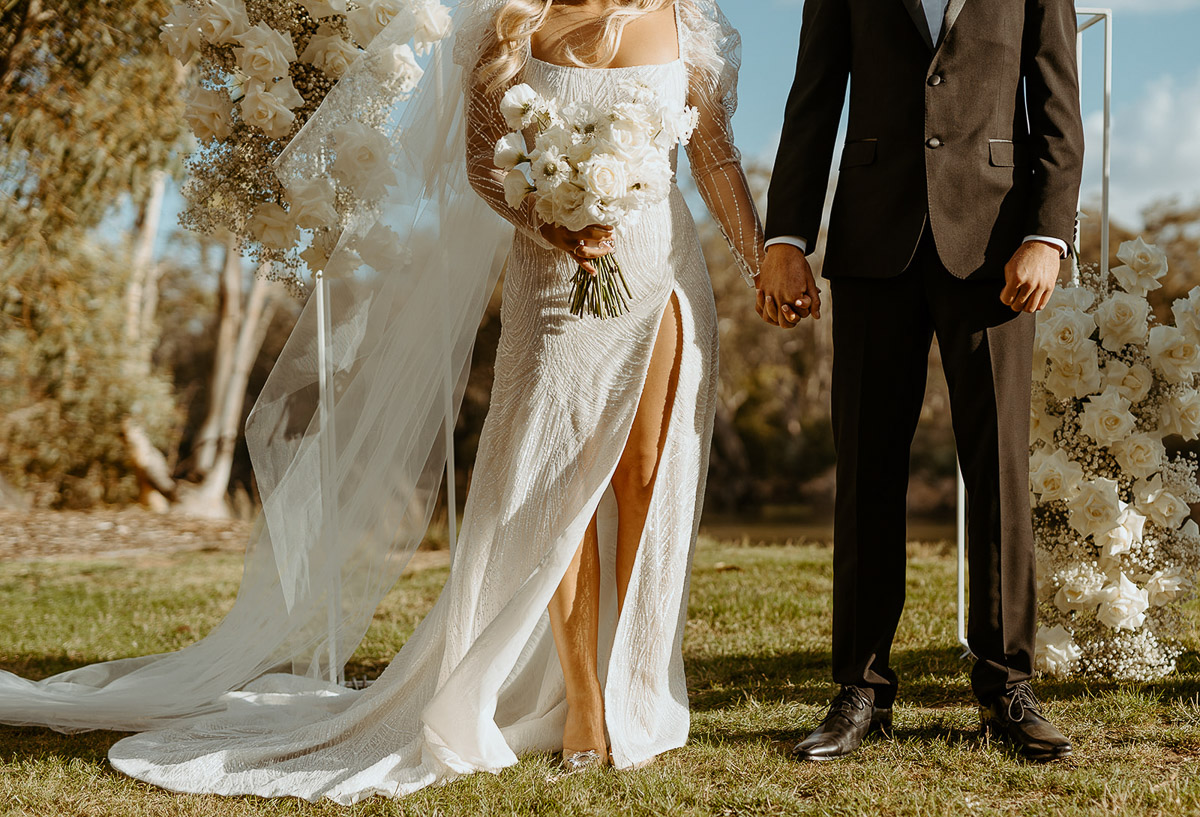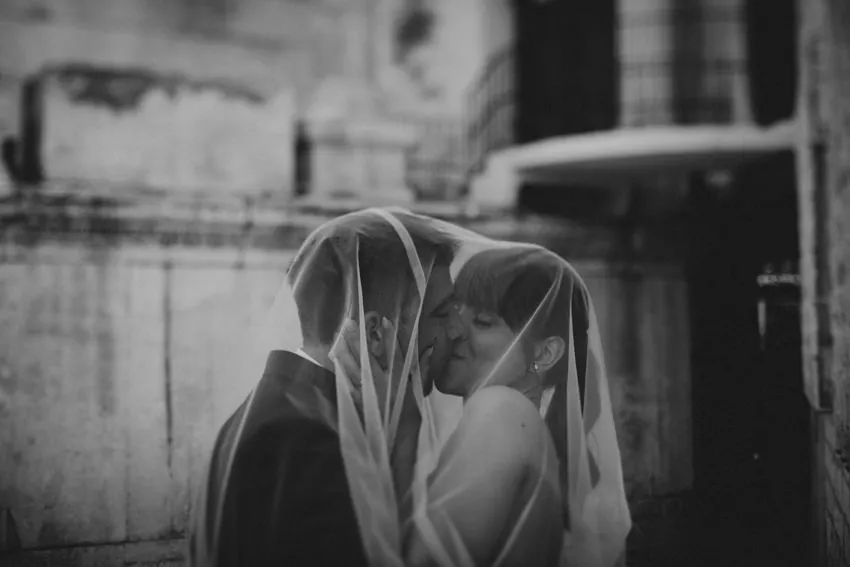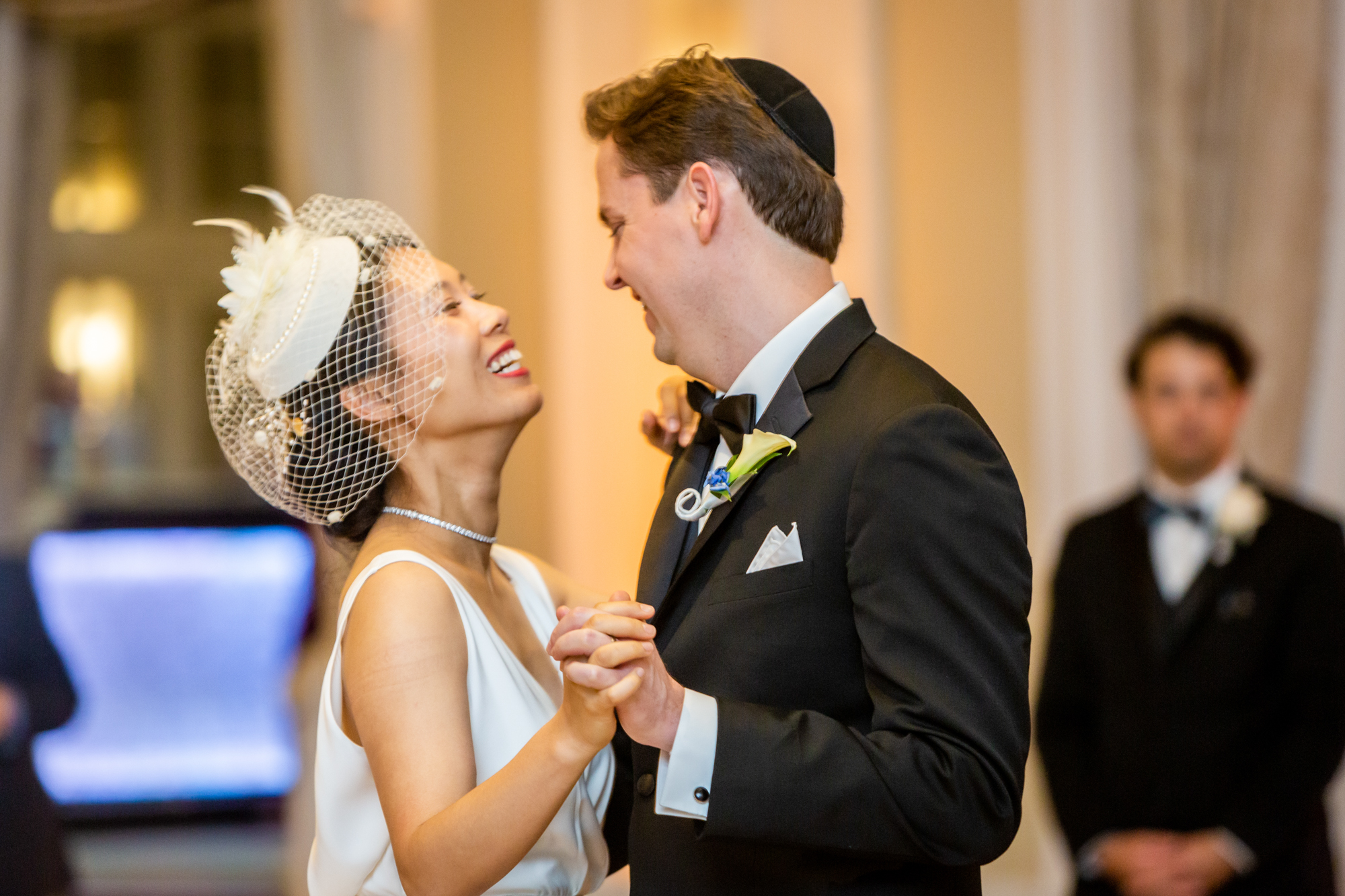I. Introduction

A. The concept of split weddings: A celebration of love across cultures
Split weddings are a beautiful representation of the diversity and cultural richness in modern weddings. They bring together couples from different cultural backgrounds, allowing them to celebrate their love while incorporating traditions and customs from both cultures. Split weddings embody inclusivity and provide a unique opportunity to honor and embrace cultural heritage.
B. Embracing diversity and cultural traditions in modern weddings
In recent years, there has been a shift in the wedding landscape towards celebrating diversity and incorporating cultural traditions. Couples are increasingly seeking ways to incorporate their cultural backgrounds into their wedding celebrations, creating a more meaningful and inclusive experience for themselves and their guests.
C. Exploring the significance and unique elements of split weddings
Split weddings hold immense significance as they reflect the coming together of two individuals and their respective cultures. They provide a platform for cultural exchange, allowing families and friends to understand and appreciate different traditions. The blending of customs, rituals, cuisine, music, attire, and decor creates a harmonious celebration that represents the couple’s unique journey.
II. What is a Split Wedding?
A. Definition and cultural context

A split wedding refers to a wedding ceremony and celebration that combines two distinct cultural backgrounds. It is a deliberate choice to honor and blend the traditions and customs of both cultures in a cohesive and meaningful way. These weddings bring together families, friends, and communities from diverse backgrounds to create a memorable and inclusive experience.
B. Dual ceremonies and rituals
- Two distinct wedding ceremonies
Split weddings often involve two separate ceremonies, each representing the cultural background of one partner. These ceremonies can take place on the same day or different days, allowing for the full expression of each culture’s wedding rituals and practices.
- Blending cultural and religious traditions
In split weddings, couples have the opportunity to blend cultural and religious traditions from both backgrounds into their wedding ceremonies. This may involve incorporating specific rituals, prayers, blessings, or customs that hold significant meaning in each culture.
C. Fusion of traditions in reception and celebrations
- Combining cuisines and traditional wedding customs
The reception and celebrations of split weddings provide an excellent opportunity to blend cuisines and traditional wedding customs from both cultures. A diverse menu featuring dishes from each culture can be served, allowing guests to indulge in the flavors and culinary traditions of both backgrounds.
- Incorporating music, attire, and décor from both cultures
Music, attire, and décor are key elements that contribute to the cultural ambiance of split weddings. From the choice of music and instruments to incorporating traditional attire and symbolic colors, couples can create an atmosphere that beautifully represents their combined heritage.
III. Split Wedding Examples and Customs
A. Chinese-Western Split Weddings

- Tea ceremony and traditional Chinese customs
Chinese-Western split weddings often incorporate a tea ceremony, where the couple pays respect to their elders and receives blessings. Traditional Chinese customs, such as the exchange of red envelopes, lion dances, and the use of auspicious colors, may also be included.
- Western ceremony and reception traditions
To honor the Western background, couples often incorporate traditional Western wedding customs such as exchanging vows, exchanging rings, and the first dance. Elements like a tiered wedding cake, bouquet toss, and speeches from family and friends may also be included.
B. Indian-American Split Weddings
- Traditional Indian wedding rituals and customs
Indian-American split weddings may include colorful and vibrant ceremonies such as the Mehndi, Sangeet, and Baraat. Traditional Hindu rituals like the Varmala (exchange of garlands), Saptapadi (seven vows), and Mangalsutra (sacred necklace) may also be part of the wedding ceremony.
- American wedding traditions and cultural influences
American wedding traditions can be seamlessly incorporated, such as the exchange of vows, the first kiss as a married couple, speeches, and cake cutting. Couples may also choose to blend American and Indian music, attire, and décor to create a unique fusion that represents both cultures.
C. Other Cultural Variations
- African-Asian Split Weddings
African-Asian split weddings may incorporate traditions such as a Yoruba or Igbo wedding ceremony, with elements like the breaking of kola nuts, presentation of gifts, and cultural attire. Asian customs may include traditional tea ceremonies, exchanging of red envelopes, and incorporating Asian cuisine.
- European-Latinx Split Weddings
In European-Latinx split weddings, couples can combine European wedding traditions like religious ceremonies, formal attire, and classic wedding customs with Latinx elements such as lively music, vibrant colors, and Latin American cuisine. This fusion showcases the richness of both cultures.
A. Cultural and Logistical Challenges

- Incorporating multiple traditions and customs
Split weddings involve incorporating multiple traditions and customs from different cultures, which can present challenges in terms of logistics and planning. From the wedding ceremony to the reception, each culture may have its own set of rituals and traditions that need to be carefully woven together to create a cohesive and meaningful celebration.
- Sensitively balancing family expectations and preferences
Split weddings often involve merging families with different cultural backgrounds, each with their own expectations and preferences. Balancing these expectations and ensuring that all families feel included and represented can be a delicate task. Sensitivity, open communication, and compromise are key to creating a harmonious and inclusive wedding experience.
B. Benefits and Opportunities for Cultural Exchange
- Strengthening family bonds and understanding between cultures
Split weddings provide a unique opportunity for family members from different cultural backgrounds to come together and learn more about each other’s traditions. It fosters cultural exchange, deepens family bonds, and promotes understanding and appreciation of diverse customs and practices.
- Creating a unique and memorable wedding experience
With the blending of traditions, split weddings offer a one-of-a-kind experience for both the couple and their guests. By incorporating elements from different cultures, a split wedding creates a memorable celebration that reflects the couple’s unique love story and serves as a beautiful testament to their shared journey.
Conclusion
Split weddings present unique challenges and opportunities for couples who want to celebrate their love across different cultures. Navigating these challenges requires open communication, respect for traditions, and a willingness to find common ground. By embracing the beauty of mixed traditions and honoring cultural diversity, split weddings create meaningful and memorable experiences that reflect the couple’s love story and foster greater understanding and unity.

